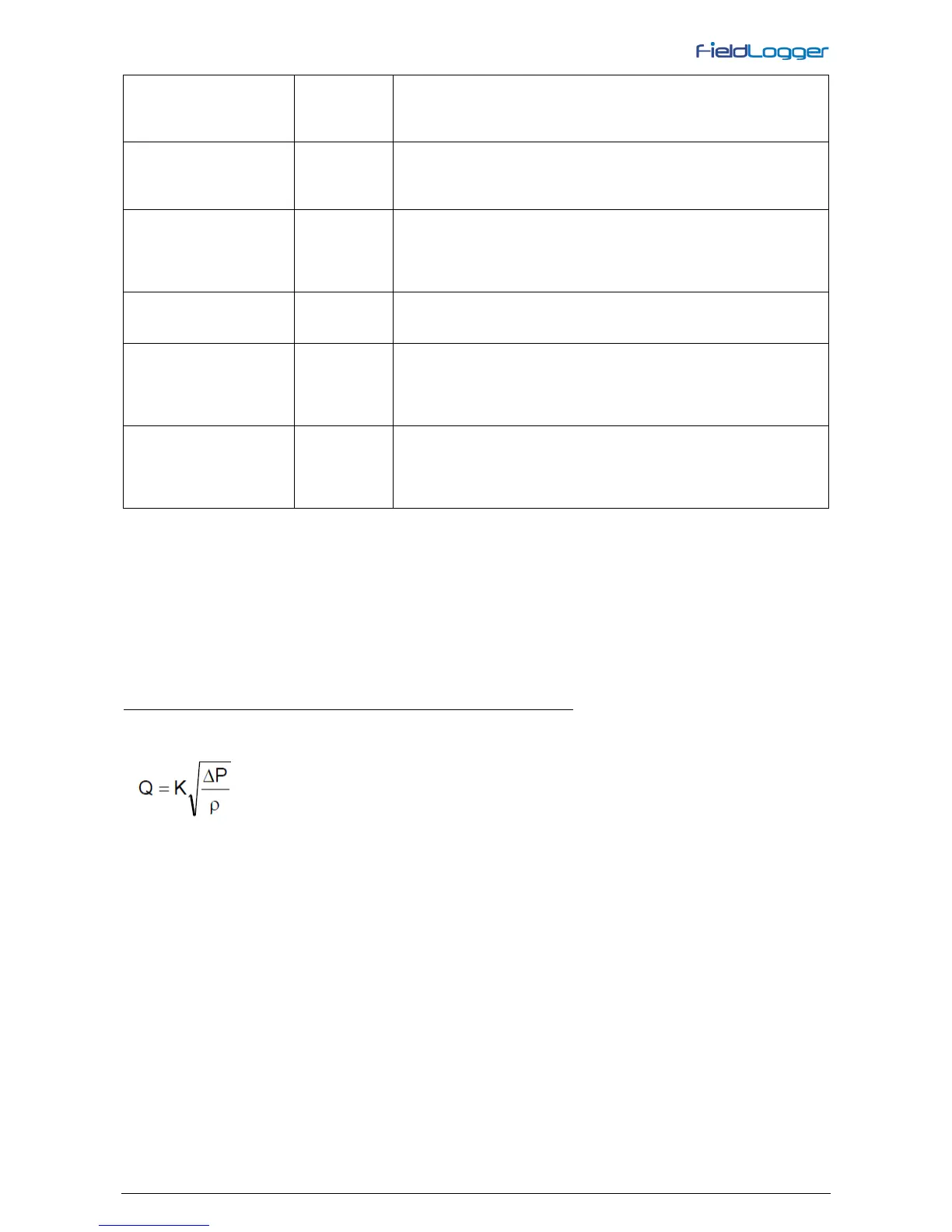bytes swapped (byte high ↔ byte low) right before the operation. Useful
when the register read from a slave has a byte order (endianness)
which is opposite to the one expected by FieldLogger.
(1) Note 1: Available from firmware version 1.10 on.
(2) Note 2: Available from firmware version 1.20 on.
(3) Note 3: Available from firmware version 1.40 on.
When an error occurs on any channel (for example, disconnected sensor in an analog channel), its configured error
value is set to it. If this channel is used as an operand of a virtual channel, its error value will be detected and the
outcome of the virtual channel will be its own configured error value, leading to a propagation of the error values. One
exception is the operation “Int32ToFloat”, that does not propagates the error of the source channels (operands), because
it is typically used in the conversion of two remote channels in a 32-bit value and, on this case, it would show an error
every time one of the remote channels would have the error value (all values are valid – there is no error value that can
be set outside of the valid range). The other exception is the “Accumulation” operation, that simply holds accumulation
instead of displaying the error value.
Sample of chaining virtual channels in order to obtain more complex formulas
As an example, we will be using the formula for calculating the flow measurement using an orifice plate, which is very
popular in the industrial instrumentation environment. The formula is the following:
Where Q = flow
ρ = flow density
∆P = differential pressure
K = constant that makes the appropriateness of units and dimensions involved
In this case, we will be considering that the differential pressure (∆P) will be read as an analog channel (ChAnalog_1 =
∆P), with the limits configured for measuring the correct unit.
In the Configurator software, we must enter the following virtual channels:
VC1 = K (“constant” operation with the numeric value of K)
VC2 = p (“constant” operation with the numeric value of p)
VC3 = ChAnalog_1 / VC2 ("Division" operation)
VC4 = √VC3 ("square root" operation)
VC5 = VC1 x VC4 ("multiplication" operation)
As a result, VC5 has the flow value of Q.
